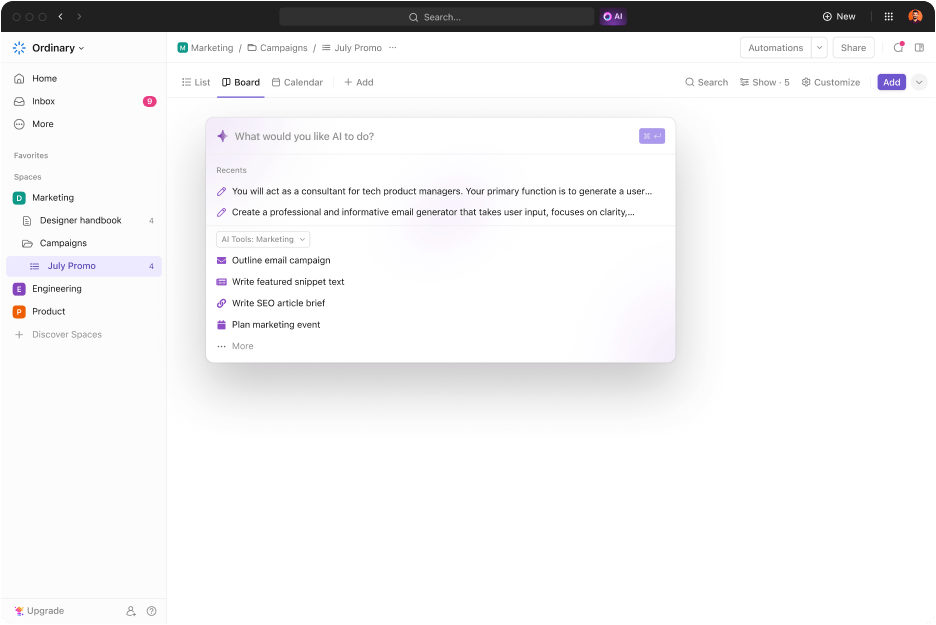The Signal leak incident in which a journalist was inadvertently added to a group chat discussing classified American military operations – underscores a chilling truth: even the most secure platforms are vulnerable to human error. This wasn’t a breakdown in encryption or a zero-day exploit. It was a simple, all-too-human mistake with potentially devastating consequences; a stark reminder of the high stakes involved in cyber security.
Are encrypted platforms like Signal safe?
Considering the design of the Signal messaging application and inherent security controls, the answer is yes. Encrypted messaging platforms are technically sound, offering state-of-the-art end-to-end encryption. However, encryption is not a substitute for judgment or process. These tools are vulnerable to misuse and abuse if contextual governance and user discipline are lacking. The assumption that secure tools ensure secure communication is dangerously misleading. Human error – misaddressing messages, mismanaging access, or misunderstanding context – can completely undermine even the strongest security frameworks. Even the best examples of secure design can fail when you add humans. Tools rarely break, but the trust and control around them often do.
Consider this case study a caution and a call to action. Mistakes are inevitable, but systems can be designed to detect and minimise the impact of those errors. Communication security must be reframed as a human-centered challenge, where technical controls are complemented by cultural change and operational safeguards. Cyber security professionals who want to shape a human-centered approach to security should keep the following principles in mind.
- Human error always trumps encryption: No matter how robust the cryptographic protocols or how secure the messaging platform, a single misstep – like adding the wrong participant to a sensitive group chat—can render all technical safeguards useless. Encryption secures data at rest and in transit but cannot prevent a user from unintentionally sharing that data with an unauthorised person. The weakest link is not the algorithm but the human operating it.
- A secure platform does not equal secure policy enforcement: Using a secure platform like Signal does not equate to having a secure communication policy – platform ≠ policy. While Signal provides strong encryption and privacy features, it cannot enforce organisational rules, manage information sensitivity, or prevent misuse by trusted users. Security isn’t embedded in the tool but in how it is used, governed, and monitored. Without clear policies regarding group management, participant vetting, discussion classification, and user accountability, even the most secure platforms can become vectors for accidental or malicious leaks.
- Metadata is a hidden risk: Even when message content is encrypted, metadata still matters – and can be dangerously revealing. Metadata includes who is communicating, when, how often and from where. In the context of the Signal leak, while the messages may have been protected, specific participant patterns in communication could have exposed sensitive operational insights. Adversaries can exploit metadata to map networks, infer relationships, track activity patterns, or time-sensitive actions without decrypting a single word.
- Zero-trust applies to communications too: Zero-trust is often applied to networks, identities and endpoints but in today’s threat landscape it must also extend to communications. Just because a message is sent within an encrypted app doesn’t mean the recipient is verified, appropriate, or even authorized to receive that information. In the case of the Signal leak, the breach didn’t happen through technical compromise – it happened because assumed trust was misplaced. Applying zero-trust principles to communications means verifying every participant device’s security posture, controlling access dynamically, auditing group activity and continuously validating identity and context.
Setting practical boundaries
Security doesn’t stop at the algorithm; it must encompass behavior, policy, and trust boundaries. There are practical steps CISOw can take to mitigate human factors:
- Implement internal-only communication apps or hardened versions of Signal-like apps under controlled infrastructure
- Segment communications by classification level, such as operational, strategic, or confidential, to restrict group owners from adding participants outside a verified user directory
- Use AI-based monitoring to detect anomalies in group formation or message flow
- Conduct training that embeds “trust but verify” habits by simulating breaches to improve behavior under stress
- Adopt controls that minimise metadata exposure, limit group visibility and anonymize or obfuscate communication patterns wherever possible.
CISOs must move from securing tools to securing behaviours. Building technical trust is step one, and creating a culture of secure communication is now step zero. Adding this step is the key to mitigating human-centric risks in messaging platforms.
Aditya K Sood is vice president of security engineering and AI strategy at Aryaka.
Read more on Web application security










